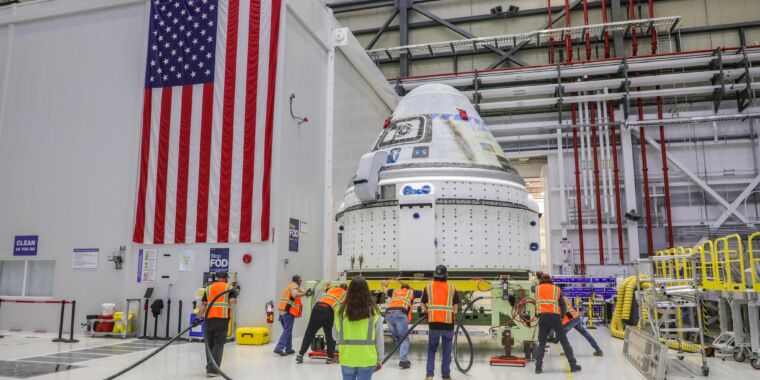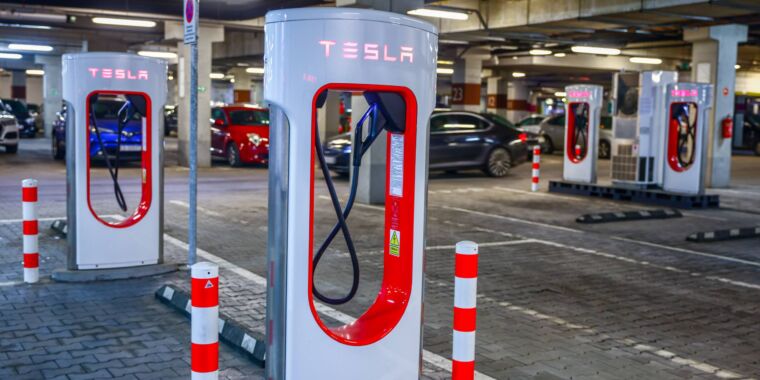Boeing’s Starliner Spacecraft Test Flight
In anticipation of the upcoming test flight of Boeing’s Starliner spacecraft, there is a sense of optimism for the beleaguered aerospace company. While not as mainstream as safety concerns surrounding commercial airliners, the successful test flight scheduled for May is of great importance.
This mission will mark the inaugural flight of the Starliner capsule with humans on board into low-Earth orbit. NASA astronauts Butch Wilmore and Suni Williams are in the final phases of preparation for the Crew Flight Test (CFT). It is worth noting that this milestone is considerably overdue, running seven years behind the original timetable promised by Boeing when they secured a $4.2 billion commercial crew contract from NASA a decade ago.
Assuming no delays, Wilmore and Williams are set to embark on their mission aboard a United Launch Alliance Atlas V rocket, launching after midnight on May 1, local time, from Cape Canaveral Space Force Station in Florida. Following this, they will travel to the International Space Station for a minimum of an eight-day stay before returning to Earth. The landing will be parachute-assisted and airbag-cushioned, expected to take place in the western United States, likely at White Sands, New Mexico.
A Changing Landscape at Boeing
The upcoming human spaceflight with the Starliner capsule is taking place against the backdrop of significant changes within Boeing. Dave Calhoun, the current CEO of Boeing, recently announced his decision to step down at the year’s end, following a tumultuous period for the company. Meanwhile, Boeing’s chairman, Larry Kellner, will not be seeking re-election at the next shareholder meeting. Additionally, the head of the commercial airplanes unit at Boeing is being replaced, effective immediately.
In recent years, Boeing has faced numerous challenges, particularly in its commercial airplane division. The reputation of the company has suffered greatly due to various safety issues. The crashes of Boeing’s 737 Max 8 airplanes in 2018 and 2019, which resulted in the tragic loss of 346 lives, were attributed to design and software shortcomings within Boeing’s aircraft.
Investigations into these incidents exposed a pattern of corner-cutting and concealment of flaws by Boeing in the development of the 737 Max aircraft. These actions were aimed at maintaining Boeing’s competitive edge against its European counterpart, Airbus. More recently, an alarming incident involving a door plug on an Alaska Airlines 737 Max 9 airplane further raised concerns. The rapid decompression and subsequent emergency landing led to a government investigation that unveiled missing bolts crucial for the plane’s safety.
In light of the findings, the Federal Aviation Administration released a report critiquing Boeing’s safety culture as “inadequate and confusing.” The report also highlighted the lack of pilot input in the design and operation of Boeing’s aircraft, pointing towards a need for improvement in safety protocols.
Image/Photo credit: source url





